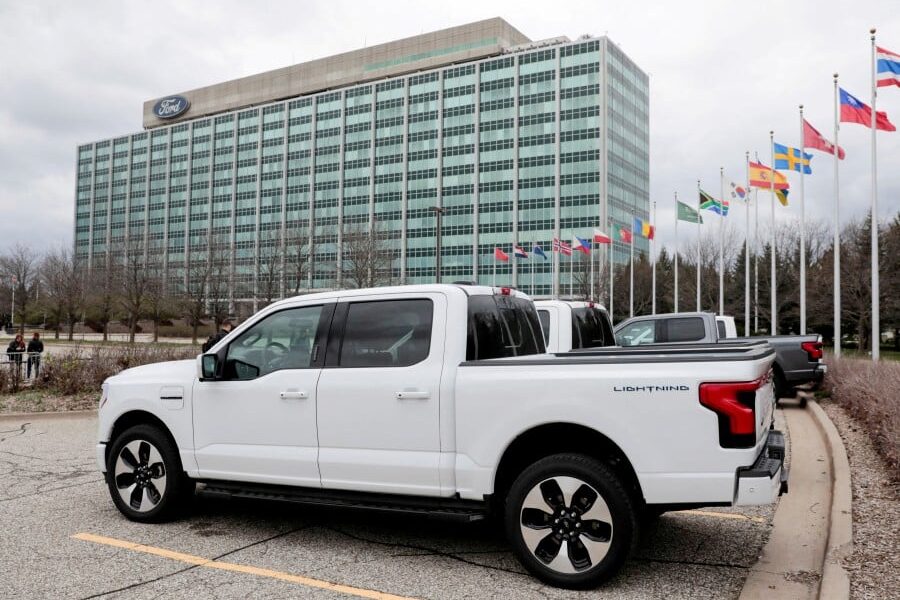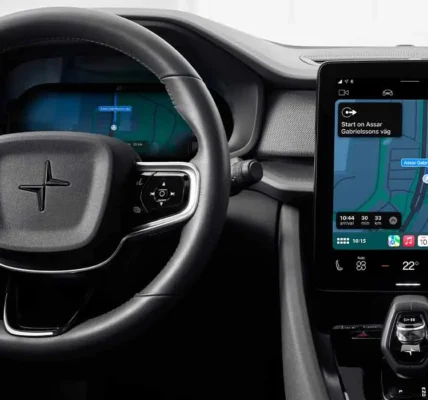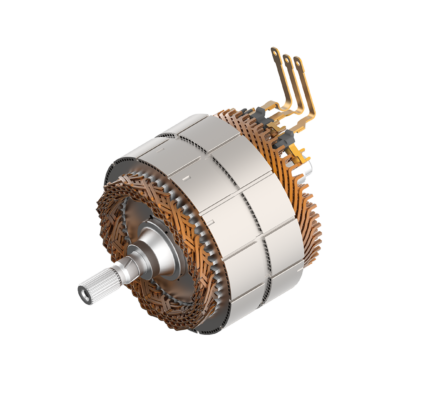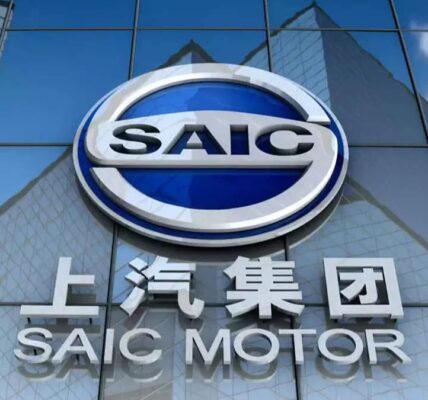Ford Chief Executive Jim Farley said on Thursday the automaker is reworking its electric vehicle strategy to compete with Chinese rivals, and opened the door to collaboration with other automakers to cut EV battery costs.
BYD and other low-cost Chinese electric vehicle makers are now one of the biggest challenges to Ford’s global business, Farley said at a conference hosted by Wolfe Research.
“If you cannot compete fair and square with the Chinese around the world then 20% to 30% of your revenue is at risk” over the next several years, Farley said.
Ford has projected it will lose $5 billion to $5.5 billion on its EVs this year. The company has launched a dedicated “skunk works” team – separated from the company’s main engineering operations – to design a small, low-cost EV that could compete with BYD’s Seagull model, the CEO said. Ford is also evaluating its battery strategy.
“We can start having a competitive battery situation. We can go to common cylindrical cells that could add a lot of leverage to our purchasing capability. Maybe we should do (this) with another OEM (automaker),” Farley said.
BYD can produce its small Seagull EV for $9,000 to $11,000 in materials, Farley said.
“Last year, 25% of all vehicles sold in Mexico were sourced in China,” he said. “The world is changing.”
BYD is considering opening an assembly plant in Mexico, Japan’s Nikkei reported earlier this week.
In addition to competitive pressure from Chinese rivals, Farley said Ford executives have concluded that mainstream U.S. consumers will pay $3,000 to $5,000 more for an EV – the same price premium as a gas-electric hybrid – but not more.
Farley said he has ordered Ford engineers to develop a new, affordable EV, “and you have to make money in the first 12 months. If you can’t make money we aren’t launching the car.”
Shares of Ford and General Motors rose about 2% in morning trade.
Ford is among several legacy automakers that have begun reining in spending on EVs and returning more cash to shareholders, after several years of touting multi-billion dollar EV development efforts.
Renault and Stellantis on Thursday said they would return cash to investors via share buybacks and higher dividends.
Earlier this month, Ford said it would return about $720 million to shareholders in the form of an 18 cents a share special dividend.
The keys to Ford’s financial performance this year include cutting $2 billion from production costs, and successfully launching the redesigned F-150 pickup truck in North America, Farley said.
Ford Pro, the automaker’s commercial business unit, has “a lot of upside,” Farley said. Sales of electric Transit vans and F-150 Lightning pickups through Ford Pro are ahead of expectations. Ford Pro has 500,000 subscribers to software services with margins at 50%, he said.







